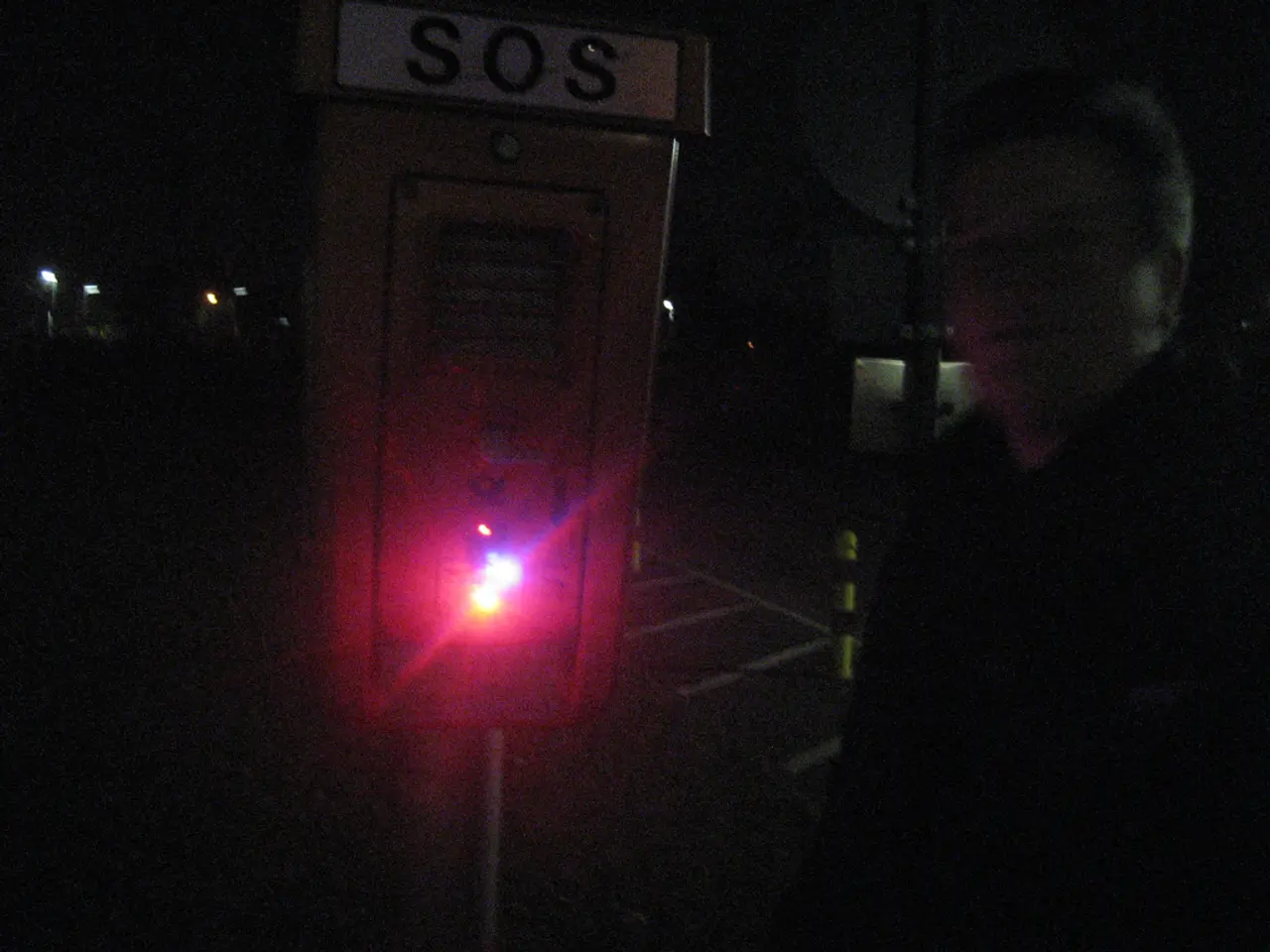Weather service positions unfilled amidst Texas floods
The National Weather Service (NWS) is currently grappling with significant staffing shortages, which have impacted its ability to coordinate effectively with local emergency managers during severe weather events, as evidenced by the recent flood disaster in Texas.
The tragedy began to unfold in the early hours of Friday, when more than 10 inches of rain fell in some areas northwest of San Antonio, including in Kerr County. The county, about 50 miles northwest of San Antonio, is where many of the deaths occurred. Severe rainfall inundated parts of central Texas, resulting in more than 850 people being evacuated by rescuers.
Two NWS offices—San Antonio and San Angelo—that issued warnings for the devastating floods are operating with 23 meteorologists on staff but have 10 vacancies combined. The vacancy in the crucial position of warning coordination meteorologist in San Antonio potentially hampered coordination efforts during the floods.
The staffing reductions largely stem from hundreds of job cuts and early retirements encouraged under the Trump administration, alongside budget cuts proposed for NOAA, NWS's parent agency. These reductions have raised concerns about the agency's capacity to issue timely warnings and effectively collaborate with local emergency management during emergencies.
Despite the staffing challenges, the White House and President Trump have defended the NWS’s performance, arguing that the flooding was a sudden, unprecedented event and denying that staffing shortages affected forecasting or warning issuance. However, local emergency managers and experts noted that forecasting models underpredicted rainfall severity, and the absence of key personnel may have hindered effective emergency coordination.
The NWS's San Angelo office, responsible for some of the areas hit hardest by Friday's flooding, was missing a senior hydrologist, staff forecaster, and meteorologist in charge. The weather service had crucial positions unfilled at local offices in Texas, with the vacancy rate at both offices being roughly double what it was when Trump returned to the White House in January.
Former weather service officials said the forecasts were as good as could be expected, given the enormous levels of rainfall and the storm's abruptly escalation. However, the lack of experienced staff in critical warning roles has raised questions about the preparedness of local communities, including Kerr County's apparent lack of a local flood warning system.
The Trump administration has also put strict limits on new hires at the weather service and frozen spending on travel, making it harder for staff members to meet with their state and local counterparts. This has further compounded the issues faced by the NWS in coordinating with local emergency managers during emergencies.
In summary, the current staffing shortages at the National Weather Service have hampered its ability to fully coordinate with local emergency managers during severe weather events, raising serious concerns about preparedness and response capability amid increasing extreme weather risks. Critics have called for investigations into whether staffing shortages contributed to the tragic loss of life in Texas.
- The community of Kerr County, located approximately 50 miles northwest of San Antonio, was severely affected by recent flood disasters, as more than 10 inches of rain fell in the area.
- The National Weather Service (NWS) offices in San Antonio and San Angelo, which issued warnings for the devastating floods, are currently operating with only 23 meteorologists but have 10 vacancies combined.
- The absence of a warning coordination meteorologist in San Antonio potentially hampered coordination efforts during the floods, which have raised concerns about the agency's capacity to issue timely warnings and collaborate effectively with local emergency management.
- The staffing reductions at the NWS are attributed to hundreds of job cuts and early retirements encouraged under the Trump administration, alongside budget cuts proposed for NOAA, NWS's parent agency.
- Experts have noted that forecasting models underpredicted rainfall severity during the floods, adding to the concerns about the agency's preparedness for severe weather events.
- The lack of experienced staff in critical warning roles has raised questions about the preparedness of local communities, including whether the apparent absence of a local flood warning system in Kerr County contributed to the tragic loss of life.
- In addition to staff shortages, the Trump administration's strict limits on new hires and travel restrictions have made it harder for NWS staff members to collaborate with their state and local counterparts during emergencies.
- Critics have called for investigations into whether staffing shortages at the NWS contributed to the tragic events in Texas, emphasizing the need for adequate staffing levels to ensure effective coordination and improvise during emergencies, particularly in the face of increasing extreme weather risks.




